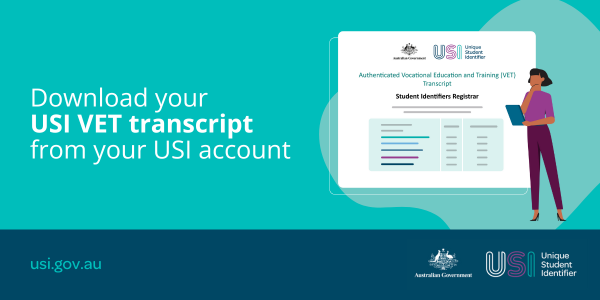A recent think piece by Dr Craig Fowler in ‘Future Campus’ has identified three key legs for the VET sector’s stool, and one he sees as particularly “wobbly.”
Two of the legs are “clear economic and social objectives, and stable VET funding/financing” (Leg 1), and “quality and efficiency in risk-based VET sector governance and regulation” (Leg 2). In regard to the first ‘leg’ Craig feels that “the new 5-year National Skills Agreement (NSA) cast in 2023 is unequivocally better than the earlier 2012 model it replaced.” Part of the deal is that, potentially, this time there is better funding matching between states and territories and the Commonwealth. In addition, “states’ skills plans are to be submitted in 2024, and these coalesced within an integrated national plan.”
In relation to leg 2, Craig points out that “the positive here is the release (Oct. 2023) of a ‘near final’ draft of the revised Standards for RTOs.” However,
“The negative is that this is only one third of what RTOs need to know and prepare for, given the new Standards start Jan. 2025. The two missing parts [Craig believes] are a (ministerial) Credential Policy, and Compliance Requirements, both due some time in 2024. From consultation kick off (Dec. 2020), to end point, this is a four-plus years reform journey.”
Commendably, he says, “Ministers in 2023 strengthened fit and proper requirements” and that has been important given issues with rorting in international education by unscrupulous providers recently reported in the media. However, there are challenges for the regulator given their variety “in size (students, courses), resources, governance capability etc.” These need to be taken into account in the regulatory approaches used give the diversity of provider types, he suggests. TAFEs are suggesting that, maybe, they would be better regulated by TEQSA and more like unis given their desired moves towards self-governance.
Finally, he also suggests that there are elephant-issues ‘in the room’ that still need to be dealt with. This might, perhaps, include something like “making transparent selected quality-related performance data at a provider-named level, which happens in higher ed. and in schools but not in VET.
Thus, a suggestion is that at least one of the other legs, while maybe not being wobbly, is at least a little creaky. As Craig points out: “… there is tangible, positive but slow progress on Leg 2 – with more to be done and still more possible.” One might also argue that VET funding needs work too.
He thinks that the third and ‘wobbly leg’ is “excellence in VET training products linking industry need with quality training,” but agrees that this view might be contested.
He points out that, in mid-2020, First Ministers signed a Heads of Agreement for Skills Reform committed to “simplifying, rationalising and streamlining national VET qualifications across industry occupation clusters.” On any measure this is a work in progress. Further, enrolments were packed into a limited range of the available qualifications, and
“Extensive public consultation (esp. 2022/23) explored new training product design, e.g. based on skills-based frameworks. This apparently stalled with some arguing retention of TP-Q competencies, e.g. for licensed trade occupations. In July 2023, an expert tripartite Qualification Reform Design Group was established. Their report is now due. All rather slow progress after ~4 years of reform effort.”
Also, “over this period, State Ministers would have received a trail of industry representations complaining about the slow and ineffective TP [Training Package] updates not keeping up with industry need. Folklore grew. They also got many RTO representations about wanting to speed things up by local course-accreditation.”
As Craig points out, RTOs also continue to be excluded from the development process, although they too have strong industry connections and direct experience of trying to make the TPs work. There is also significant effort they make to ensure that their training continues to be compliant to the TPs on their scope, and that can be tough for big RTOs with a wide scope of registration.
Finally, he has some thoughts for this year and beyond. These include:
- Simplification and flexibility in Training Product Design, but also that a one size all approach does not suit every circumstance
- Ensuring the performance of JSCs and the TP-Q ‘production pipeline’ is fully transparent and getting better collaboration between JSCs and RTOs, building on existing foundations of cooperation
- Avoiding duplication of content across qualifications and independently auditing the uptake and utilisation of qualifications, and
- Actively considering mechanisms to migrate towards provider self-accreditation.








